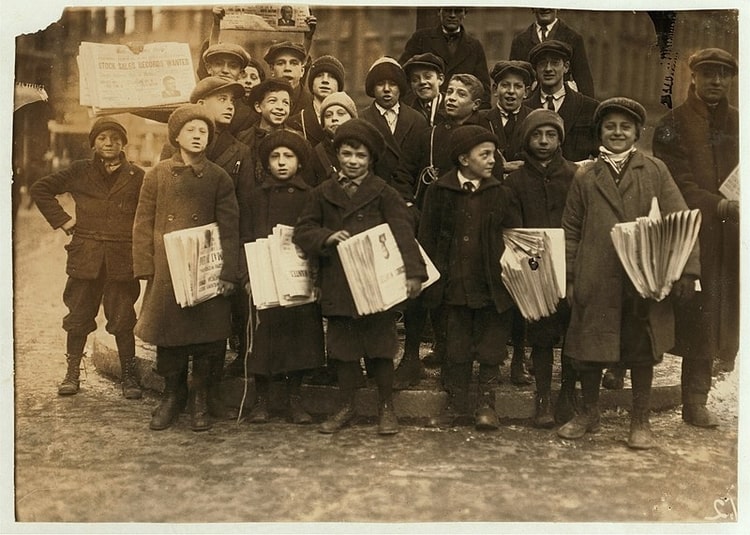From 1920 To 2020: 8 Things That Have Changed In The Last 100 Years
Time flies, prices soar, and change wings its way through the years. Take a look at some things that have changed significantly during the last 100 years — or disappeared almost entirely…

The Mere Cost Of Living
Over the last 100 years, the inflation rate has definitely curved upward. According to the Bureau of Labor Statistics, 2019 prices were 1,186.04% higher than average prices in 1920.

The Price Of Coca-Cola
From 1886 up until 1959, the price of a 6.5-oz glass or bottle of Coca-Cola was 5 cents; in today’s currency, 5 cents equals 64 cents. Today, a 12-oz glass bottle costs $1.49 on average, and the bottle is twice the size of those from 100 years ago.

The Population
As of January 5, 1920, the population of the United States was 106,021,537. Today, the country’s population is 329,064,917, meaning that in the last 100 years approximately 223 million more people reside in the U.S.

The Cost Of A Home
In 1920, the average cost of owning a house was about $3,000, and renting a house cost $350 per season. If you’re looking to buy a house today, you’ll need to dig up about $226,800, or pay out $1,405 per month to rent one.

The Cost Of A New Car
Purchasing a new Chandler Touring car in 1920 set drivers back about $1,895. Sliding into the seat of a new Ford Escape in 2020 will cost you $28,885. However, if you take into account the inflation rate, the value of a standard car hasn’t really changed all that much.

The Radio vs. The iPhone
In the 20s, the simple radio was the most powerful means of communication; by the end of the decade, nearly 60% of all U.S. households had a radio on the premises. Today, social media in its many forms has taken over as the primary source of news, information, and entertainment.

Newspapers
In 1920, 2 cents would get you a newspaper; in 2020, you’ll need to dig deep for a dollar bill to snag a newspaper at the corner newsstand — that is, if you can find either a newsstand or a newspaper. Some newspaper companies that publish their work online have actually seen a rise in readership.

Children’s Toys And Games
Popular toys in the 1920s included Raggedy Ann, teddy bears, Crayola crayons, yo-yos, train sets, and toy cars. In 2020, the world of a child has been taken over by screens of all sorts and sizes; many kids would much rather play a video game than play with a train set.

